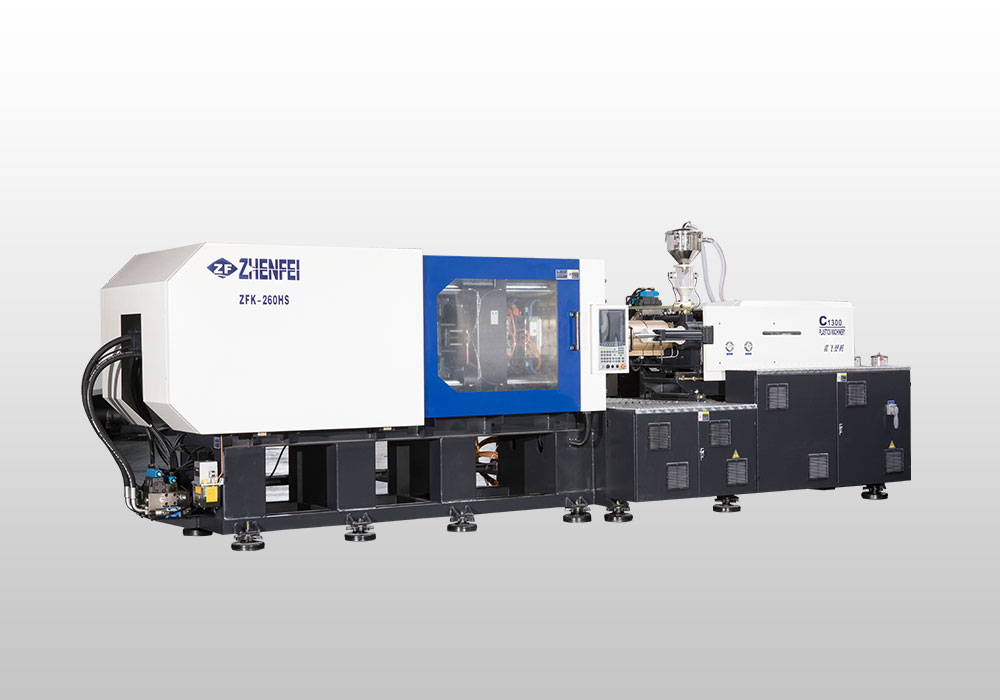Date:May 08, 2020
Injection mold manufacturing
Compound design, EDM injection mold manufacturing
Plastic injection molds are usually made of hardened or pre-hardened steel, aluminum and / or beryllium copper alloy. Steel molds are more expensive, but are often preferred because of their high durability. The hardened steel mold is heat-treated after processing, which is very superior in wear resistance and life.
Many steel molds are designed to handle more than one million parts during their service life. For smaller volumes, pre-hardened steel molds provide less wear resistance and cheaper options.
On the other hand, the cost of aluminum molds can be greatly reduced, but it is generally not suitable for mass production or parts with small dimensional tolerances. However, when designed and manufactured using computer numerical control (CNC) machines or electrical discharge machining (EDM) processes, aluminum molds can economically produce thousands of parts.
Copper alloy inserts are sometimes used in mold areas that require rapid heat removal. This reduces cycle time and improves the aesthetic quality of the parts.

How to make injection molds?
The mold is constructed by two main methods: standard machining and electrical discharge machining (EDM).
Standard / CNC machining
CNC machine tools are in traditional form, and standard machining requires manual use of lathes, milling machines, and drilling machines. With advanced technology, CNC machining has become the main method of manufacturing more complex and accurate molds while still using standard machining methods. With CNC, the computer can be used to control the movement and operation of milling machines, lathes and other cutting machines.
In modern CNC systems, mold design and manufacturing processes are highly automated. Use computer-aided design (CAD) software to define the mechanical dimensions of the mold, and then convert it to manufacturing instructions through computer-aided manufacturing (CAM) software. The "post-processor" software then translates these instructions into specific commands required by each machine used to create the mold. Then load the generated commands into the CNC machine tool.
Electrical discharge machining
Electrical discharge machining (EDM) has been widely used in mold manufacturing. EDM is a process to obtain a desired shape by using electrodes made of graphite or copper. It is then installed in the EDM machine and placed above the workpiece immersed in the insulating liquid.
Then lower the electrode onto the workpiece. Then, using a controlled power supply, the electrode is used to destroy and disperse the metal in the area opposite the electrode. The electrode never touches the workpiece. A spark gap of a few thousandths is always maintained between the electrode and the workpiece. This process is the slower method of removing metal from the mold. However, the EDM process can produce shapes that cannot be achieved with traditional CNC machining.
Another advantage of the EDM process is that it can mold pre-hardened molds and does not require additional heat treatment. Sometimes, for example in a speaker grill mold, the resulting fine EDM finishing can be used as the finishing of the final part without any polishing of the cavity.
Recommended Articles